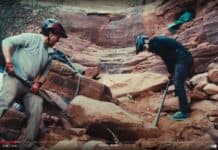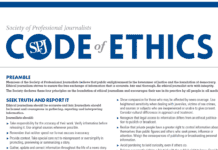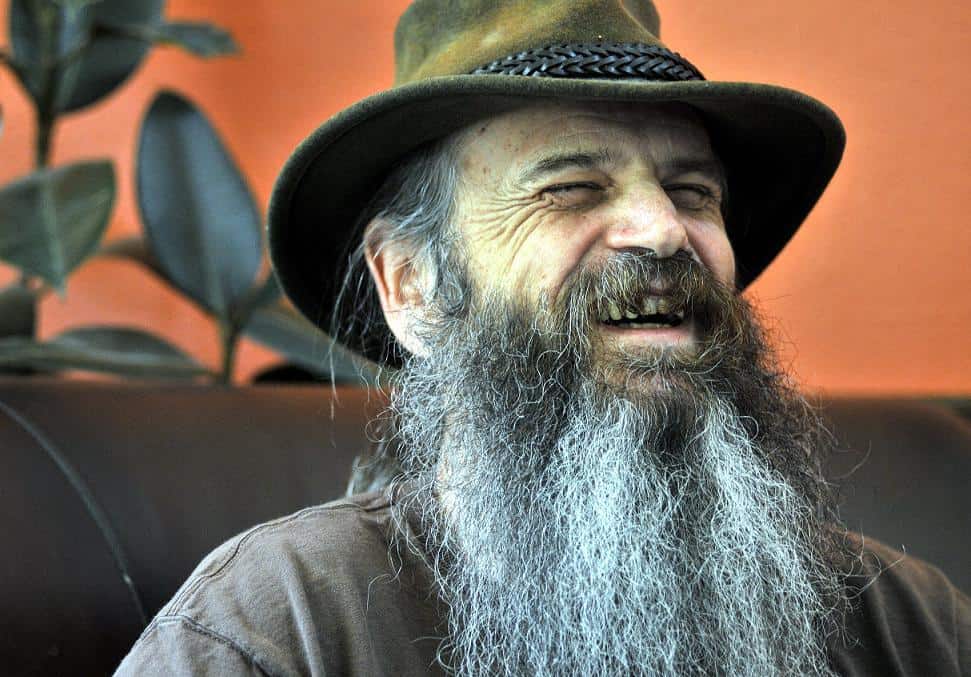Inventor Ronald Logsdon is back in Sedona, although he never really left.
Logsdon, 55, lived in Sedona in the 1980s. While here, he invented a device for Light & Sound goggles, a clinical hypnosis tool designed for accelerated learning. The technology uses lights and sounds in specially designed goggles to lower brain waves into a more receptive, hypnotic, dreamlike state where the mind is less clouded and more apt to learn.
His current project is designing second generation software for Light & Sound technology onto iPads and smartphones as downloadable apps.
To find markets for his device, Logsdon left Sedona in the late 1980s for New York City and Philadelphia, “where the money was,” he said.
Working with computers in the early 1990s, he jumped into the forming computer culture. He was a computer programmer working with one of the first 10 or so dot-coms.
The Internet began as a merging of networks used by facilities of the U.S. Department of Defense and various
universities across the United States and Great Britain. By the 1990s, there were a few thousand government and educational institution servers hard-wired together but only a few commercial companies — those using the “.com” domain.
Logsdon said he is proud to have helped design the Hypertext Transfer Protocol file-sharing process — known as “http” that starts most web addresses now. The protocol allowed computers to download files like web pages onto users’ computers from network servers without having to be hard-wired to the network itself.
Logsdon continued to design websites for companies as the Internet transformed from a novelty into an invaluable tool for modern life. He also worked for the company that helped the Internet when it went public and was no longer under purely institutional control.
When Logsdon left Sedona, he didn’t intend to leave for long, so he never changed his driver’s license, but projects kept pulling him away. No matter whether he was working in New York or Pennsylvania, his driver’s license always stated his home was Sedona.
He likes it that way, Logsdon said. He’s been back for about four months, hoping to finally settle here. He said he sees Sedona as a diverse, multidimensional environment unlike other cities. Los Angeles, for instance, revolves around money and movies. However, in the Sedona coffee shop where he chooses to work on his laptop, web designers sit alongside people engaged in conversation about spirituality.
“It’s very deep and diverse. This is a ‘big brain’ kind of place,” he said.
Logsdon added that the city, with its road improvements and development has become a more beautiful place to live than even when he was here in the 1980s.
He has also been working with creating 3-D movie technology. Many plasma screen televisions have the ability to show 3-D images, but there’s not much content yet. Logsdon is hoping to change that with his latest invention.
He recently shot test videos using a 3-D camera around Sedona. His test films have Spanish folk and flamenco dancers performing in scenic locations. The colors pull the viewer into the image as an experience rather than just something to watch on a screen.


















